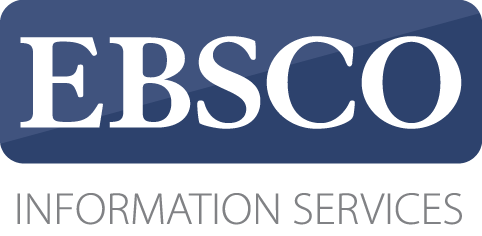Diagnostics of an Educational Institution Real Structure
Abstract
Konstantin Ushakov - Professor, Department of Educational Programmes National Research University Higher School of Economics. Address: 20 Myasnitskaya str., Moscow, 101000, Russian Federation. E-mail: kushakov@hse.ru
Study of the Russian schools’ real structure is considered to be an important internal resource of their development. The notion of «real structure» integrates formalized and non-formalized professional relationships in an educational institution. Statement of this problem is connected to the pressing topic of the teacher’s professional loneliness, that is to a low level of institutions’ social capital. The professional loneliness of teachers results in the situation when the most urgent task of educators’ professional development, of human capital formation is mostly fulfilled at the expense of external resources (training in external organizations). But there are problems here in terms of both financial restrictions and poor professional development system performance. Internal resources of the educational institution (observation of other professional practices, reflection, peer tuition) are hard to access because of a low level of social capital and often do not constitute the focus of attention for heads of schools. The author considers not only reasons for the institutions’ real structure study, but also a toolkit which enables to appraise workplace stable relationships in the institution, their configurations and other characteristics of network structures. The study uses both traditional socio-demographic characteristics and network analysis elements. The author makes the assumption that the institution’s real structure is simple (has a low level of complexity), considers it to be a social network and thinks that this simplicity can be a critical deterrent to development of a certain institution. Then complication of real structures is an important resource in terms of improving effectiveness of training and education and contributes to growth of social and consequently human capital at school. A pilot phase, carried out on the basis of five Russian schools in different regions, revealed that real interaction structures are indeed characterized by a low level of complexity, one-way relationships are prevalent in school communities, a percentage of reciprocal relationships is insignificant, a dyad constitutes a typical configuration of reciprocal relationships, a number of triads is greatly limited. During 2013–2014 the author expects to involve a considerable number of general education institutions which will make it possible to identify common problems of real structures in the secondary level education system on the whole.







